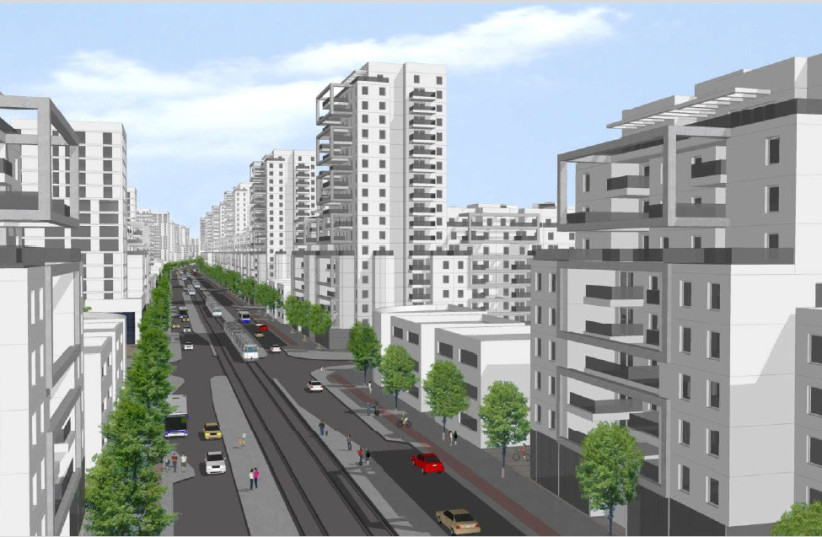The US warned that Israel’s settlement building thwarts a two-state resolution to the Israeli-Palestinian conflict as the Interior Ministry’s District Planning Committee prepares to debate a 9,000-unit housing project in the east Jerusalem neighborhood of Atarot.
The “US disapproval of settlement expansion goes back decades. This is nothing new for us,” America’s Ambassador to the UN Linda Thomas-Greenfield told Security Council on Tuesday as it held its monthly meeting on the Israeli-Palestinian conflict.
She warned, however, “The practice has reached a critical juncture, and it is now undermining even the very viability of a negotiated two-state solution.”
Last week Israel had told the US that the Atarot project would not be advanced, with one senior Israeli official explaining that this meant it would not move beyond the level of the Interior Ministry discussion for at least a year. Another official said it would not even move to the discussion level.
Information about the December 6 hearing was initially removed from the Internet last week, after the Israeli promise to the US that the project would not be advanced.

It has since been placed back on the schedule. At the meeting, the committee will discuss whether to deposit the plan, a move that will allow it to be prepared for final approval.
The left-wing NGO Ir Amim accused Israel of abrogating its promise to the US by allowing the District Committee to hold the December 6 meeting.
“While the Israeli authorities may attempt to relegate the upcoming discussion as a prosaic, bureaucratic step in a lengthy approval process, it is a necessary stage in the plan’s final approval and indeed advances the plan one step closer to full validation,” Ir Amim said.
The homes are slated to be built on the site of the former Kalandiya Airport, which operated from 1924 to 2000. It is sandwiched between two east Jerusalem Palestinian neighborhoods.
Opponents of the Atarot plan – the Palestinian Authority, the international community and left-wing Israelis – have argued that the project would further splinter the east Jerusalem Palestinian neighborhoods from each other. This, they argued, would make it impossible for east Jerusalem to become the future capital of a Palestinian state.
Israel holds that Jerusalem is its united capital and would remain its united capital in any resolution to the conflict with the Palestinians. But the government is split on this, with the Meretz Party believing in a divided Jerusalem and Prime Minister Naftali Bennett’s Yamina Party disavowing Palestinian statehood altogether.
Former US president Donald Trump’s peace plan supported Israel’s retention of most of Jerusalem, save for the few Palestinian neighborhoods located outside the security barrier’s route.
Atarot abuts the barrier on the Israeli side. Even Trump’s plan, however, suggested that the site should be used as a tourist site for Muslims wishing to visit Jerusalem.
